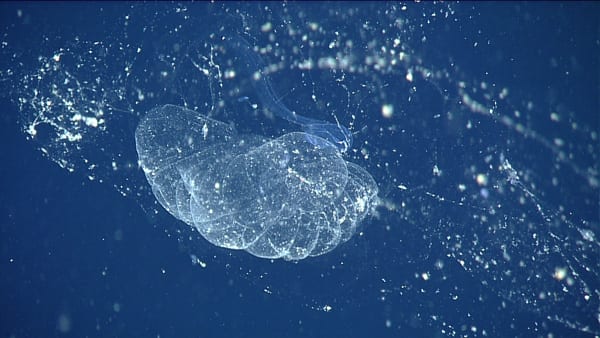Human kidneys filter waste from the blood and recycle beneficial compounds back into it using osmosis, variations in membrane permeability, and protein pumps.
Introduction
Walking around a wet marsh it might not occur that one of the world’s best water filters lies beneath your feet. Soil itself physically sieves large particulates as water flows through it. Some clay soils chemically absorb pesticides and other compounds. Bacteria that live in soil also degrade some pollutants absorbed from the atmosphere as a result of burning fossil fuels.
Soil’s bulk filtration isn’t enough to treat drinking water, however. Before it reaches our taps, fine-tuned treatment plants make targeted adjustments so that the water we drink is safe.
Kidneys filter blood using a similar two-stage process with bulk filtration followed by a selective system that removes or recycles specific compounds.
The Strategy
The primary purpose of a is to filter metabolic waste products from our blood. To do so effectively, it has to process a lot of fluid, which also ends up removing water, minerals, and from the blood—things our bodies need. If the kidney didn’t recycle these useful compounds, we would have to consume gallons of water and large quantities of minerals each day.
The machinery of the kidneys is a collection of over a million independent processing lines—the nephrons. A nephron has two functional zones, the glomerulus and the tubule.
The glomerulus is a round bundle of blood vessels, where the bulk of the filtering occurs. The porous vessel walls in the round glomerulus allow small molecules (water, minerals, and waste products) to cross from the bloodstream into the nephron’s interior and into the tubules. Larger molecules, like s, are too big to pass through and remain in the bloodstream.
The tubule then returns beneficial water and minerals to blood vessels that surround it and allows waste material to drain away as urine. The first portion of the tubule recovers most of the water across permeable membranes via osmosis. This section is also generally impermeable to minerals.
The second portion, which water cannot penetrate, focuses on using protein pumps to return mineral ions to the blood. When diffusion won’t passively move ions because there are already too many on the other side, protein pumps typically use the body’s energy molecule——to actively move them.
The end result inside the nephron is the unrecycled fluid containing some water and waste products. It exits the nephron’s collecting ducts and heads to the bladder, which stores and drains the urine as needed.
The Potential
Learning to better separate and recycle compounds could help existing industrial chemical processes become more efficient and reduce emissions. Improved separation technologies could increase the amount of particulate, bacteria, and chemicals removed in sewage and water treatment plants, allowing us to recycle cleaner water. How else might nephron filtering inspire human innovation?








